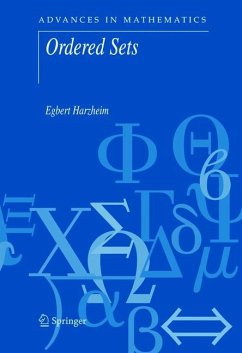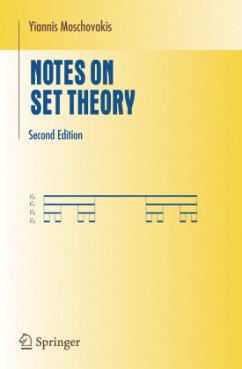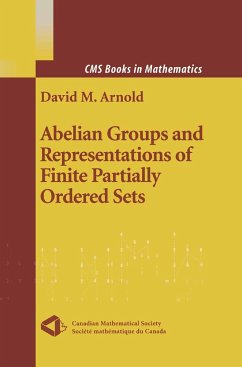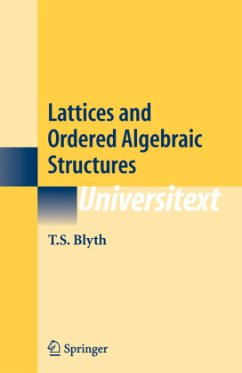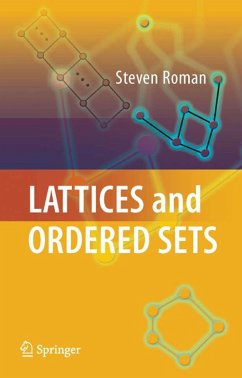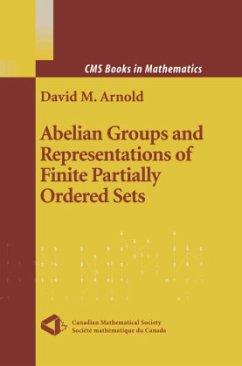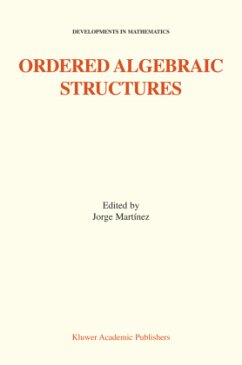
Ordered Sets
Versandkostenfrei!
Versandfertig in 1-2 Wochen
123,99 €
inkl. MwSt.
Weitere Ausgaben:

PAYBACK Punkte
62 °P sammeln!
The textbook literature on ordered sets is still rather limited, so a lot of the material presented in this book is published for the first time in a textbook.
Order theory works with combinatorial and set-theoretical methods, depending on whether the sets under consideration are finite or infinite. In this book the set-theoretical parts prevail. The book treats in detail lexicographic products and their connections with universally ordered sets, and it also provides thorough investigations on the structure of power sets. Other topics dealt with include dimension theory of ordered sets, well-quasi-ordered sets, trees, combinatorial set theory for ordered sets, comparison of order types, and comparability graphs.
Order theory works with combinatorial and set-theoretical methods, depending on whether the sets under consideration are finite or infinite. In this book the set-theoretical parts prevail. The book treats in detail lexicographic products and their connections with universally ordered sets, and it also provides thorough investigations on the structure of power sets. Other topics dealt with include dimension theory of ordered sets, well-quasi-ordered sets, trees, combinatorial set theory for ordered sets, comparison of order types, and comparability graphs.
This book is written particularly for mathematics students and, of course, for mathematicians interested in set theory. Only some fun- mental parts of naive set theory are presupposed, - not more than is treated in a textbook on set theory, even if this restricts us only to the most basic facts of this field. We have summarized all of this in Chapter 0 without longer discusssions and explanations, because there are s- eral textbooks which can be consulted by the reader, e.g. HrbacekIJech [88], KneeboneIRotman [99], ShenIVereshchagin [159]. Besides this only elementary facts of analysis are used. The theory of ordered sets can be divided into two parts, depending on whether the sets under consideration are finite or infinite. The first part is grounded mainly in combinatorics and graph theory and does not make essential use of set-theorical concepts, whereas the second part presupposes a knowledge of the fundamental notions of set theory, in particular of the system of ordinal andcardinal numbers. In this book we mainly deal with general infinite ordered sets. In this field the textbook literature is still very small. Therefore this book supplements the existing literature.





